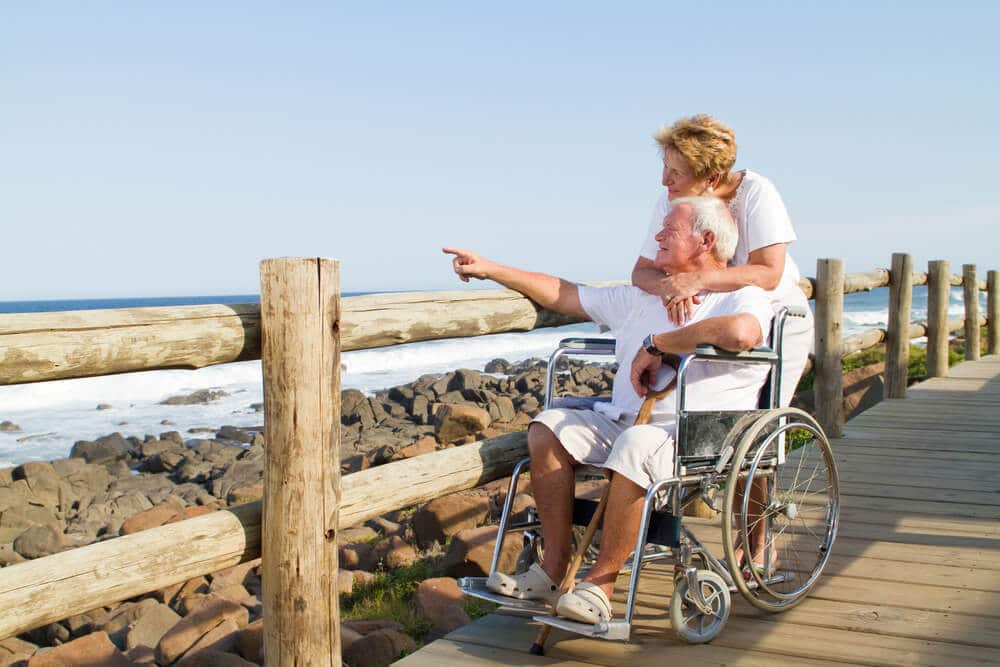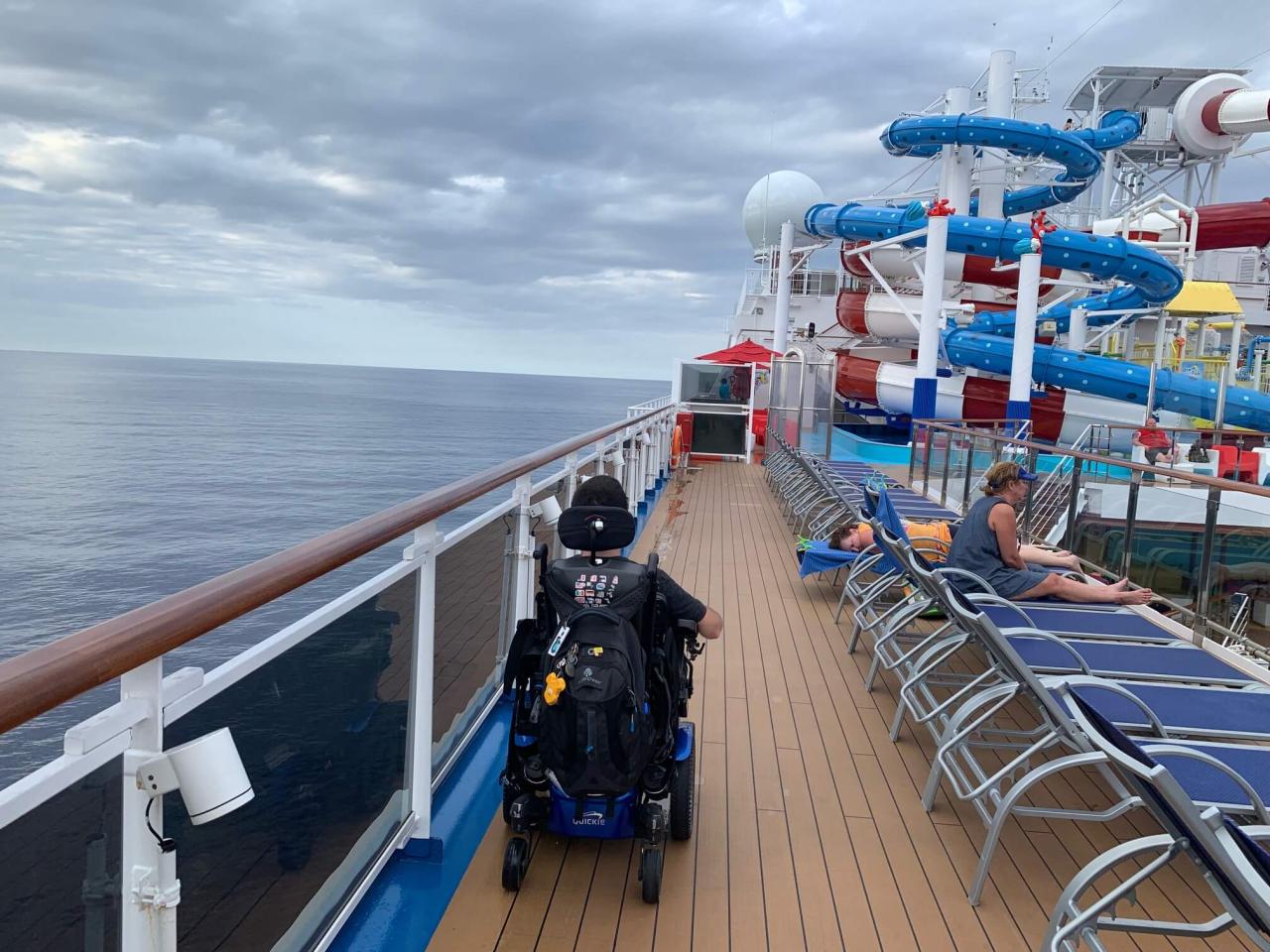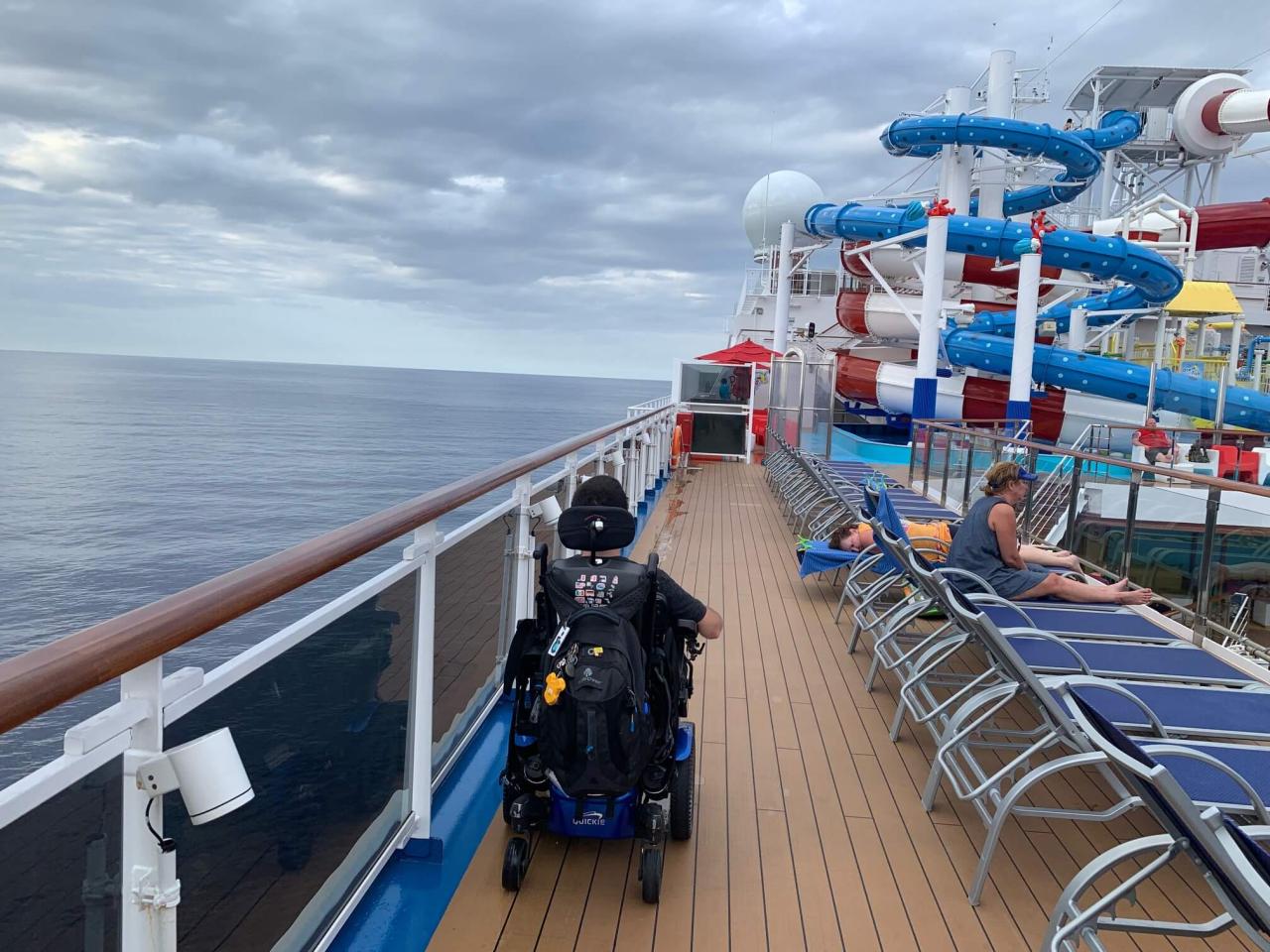Easy-access travel destinations for seniors with disabilities open up a world of possibilities, allowing for enriching experiences without compromising comfort or safety. Careful planning, encompassing accessible transportation, accommodations, and activities, is key to a successful and enjoyable trip. This guide explores essential considerations and provides examples of destinations specifically designed with accessibility in mind, empowering seniors to explore the world with confidence.
From researching airline policies for wheelchair assistance to selecting hotels with roll-in showers and accessible common areas, every detail contributes to a seamless travel experience. The selection of activities is equally crucial, with a focus on attractions that offer accessible entrances, paved trails, and adaptable tours. Understanding the importance of travel insurance and emergency preparedness completes the picture, ensuring peace of mind throughout the journey.
Ultimately, the goal is to enable seniors with disabilities to embark on adventures that enrich their lives and create lasting memories.
Planning an accessible trip requires careful consideration and proactive planning. Let’s break down the key steps to ensure a smooth and enjoyable journey for everyone.
1. Choosing the Right Destination

Accessibility Considerations Before booking anything, honestly assess your personal mobility needs and limitations. Are you using a wheelchair, walker, or cane? Do you have any other physical limitations or health concerns? This self-assessment is crucial for choosing a suitable destination. Next, thoroughly research the destination’s accessibility.
Start with airports – are they equipped with accessible restrooms, ramps, and elevators? What about ground transportation options? Look into the availability of accessible taxis, ride-sharing services, and public transportation with features like wheelchair ramps and elevators. Your accommodation is another critical factor. Utilize online resources and accessibility ratings to find hotels and resorts with accessible rooms, including roll-in showers, grab bars, lowered countertops, and wider doorways.
Websites often provide detailed accessibility information, including photos and videos. Pay close attention to accessibility ratings from other travelers with disabilities; these firsthand accounts are invaluable. Remember to consider the climate and weather conditions. Extreme temperatures or challenging terrain can impact comfort and safety, so choose a destination with a climate that suits your needs. Finally, research available accessible tours and activities.
Many destinations offer adapted tours and experiences, but confirming their accessibility beforehand is essential. 2. Accessible Transportation OptionsAir travel requires careful planning. Contact your chosen airline directly to understand their policies regarding wheelchair assistance, in-flight accommodations, and baggage handling for mobility devices. Book wheelchair assistance well in advance. For ground transportation, consider rental cars with hand controls if you are comfortable driving.

Alternatively, accessible taxis or ride-sharing services are often readily available in major cities. Research public transportation options – many cities have accessible buses and trains with ramps and elevators, but it’s always best to confirm availability and routes beforehand. If considering a cruise, choose a cruise line with a strong accessibility program. Ensure that the ship has accessible cabins and facilities, and check the accessibility of shore excursions.
Train travel can be a comfortable option; research accessible train cars and stations to confirm they meet your needs. 3. Accessible Accommodation SelectionFinding accessible accommodation is key. Book accessible rooms well in advance to ensure availability. Look for hotels and resorts with specific features like roll-in showers, grab bars, lowered countertops, and wider doorways. Check for accessible amenities beyond the room itself, such as accessible pools (with ramps or lifts), restaurants, and common areas.
Reading online reviews from other travelers with disabilities can provide valuable insights into the true accessibility of a hotel. Don’t hesitate to contact hotels directly to confirm accessibility features and ask clarifying questions. 4. Planning Accessible Activities and ExcursionsResearch accessible attractions and landmarks before you go. Museums often have ramps and elevators, while many national parks offer paved trails and accessible entrances to historical sites.
Book accessible tours and guided experiences in advance. Consider the physical demands of different activities and choose options that match your abilities. Utilize assistive devices like wheelchairs, walkers, or canes as needed. Remember to allow for extra time and rest breaks during activities to avoid overexertion. 5. Travel Insurance and Emergency PreparednessObtain comprehensive travel insurance that covers medical emergencies and trip cancellations.
This is particularly important for travelers with disabilities. Prepare a detailed itinerary and share it with family and friends. Pack necessary medications and medical supplies, including any assistive devices you rely on. Know emergency contact numbers and procedures in your destination country. Consider wearing a medical alert bracelet or necklace, clearly stating any relevant medical conditions or allergies.
6. Specific Easy-Access Destinations ExamplesMany destinations excel in accessibility. European cities often boast excellent public transportation systems, while some US national parks offer many paved trails and accessible attractions. Beach destinations with accessible beach access provide a relaxing option, and certain cruise lines have robust accessibility programs. All-inclusive resorts often offer a wide range of accessible facilities. Remember that “easy access” is relative; always conduct thorough research based on your individual needs.
Planning a trip for seniors with disabilities requires meticulous attention to detail, but the rewards are immeasurable. By carefully considering accessibility in all aspects of travel—from transportation and accommodation to activities and emergency preparedness—seniors can experience the joy of travel and explore new horizons. The abundance of accessible destinations and services makes it possible to create unforgettable journeys, fostering independence and enriching the lives of those who embrace the adventure.

